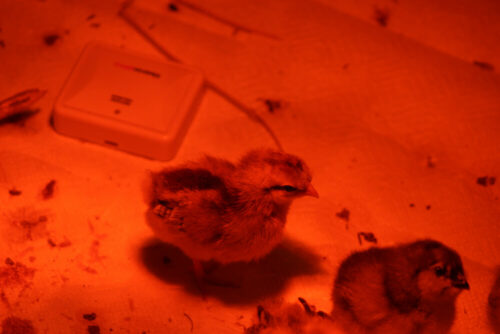A poultry brooder houses/heats hatchling poultry until they can be off heat, replacing mother hens.
The rule is, starting at 95F, 5F degrees lower each week (by raising the heating element) until they have either fully feathered out or have experienced the same lowest ambient temperature as outside (i.e. lowest outside temperature is 75F degrees and their heated space is 75F degrees.
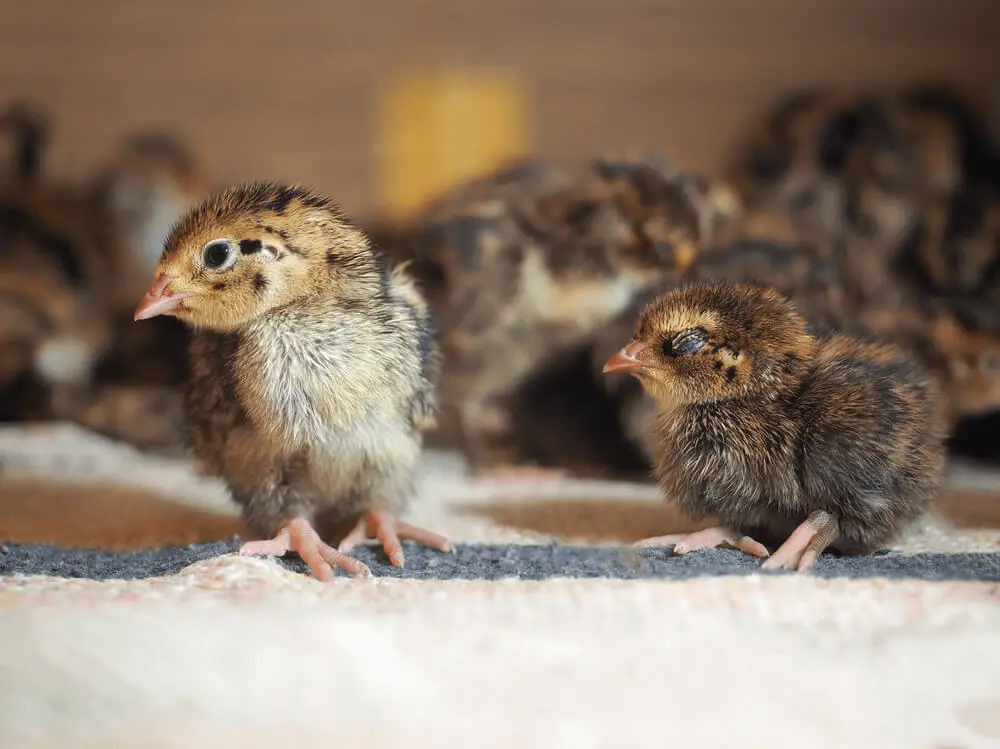
What Materials should I use for my chick Brooder?
You got your little ones from your local hatchery, and now you are wondering what do you put in a chick brooder. Consider these materials when building your chick brooder:
- Heat resistant/non-flammable container that is tall enough to prevent the hatching and growing poultry from escaping and large enough that there can be an adequate temperature gradient (heated side and non-heated side) so the animals may self-regulate.
- Metal screen top cover (optional) to prevent predators from reaching the poultry and prevent heat lamps (if using) from falling in and burning/killing the poultry/setting anything on fire.
- Non-slip bedding such as wood shaving or wood chips, which prevents leg deformities and is absorbent for feces and spilled water. Change and clean as needed.
- Heating element such as ceramic lamps, heat lamps, top brooder.
- Poultry/chick waterer with electrolytes and nutrients for newly hatched or shipped birds, stones and marbles to prevent drowning.
- Poultry/chick feeder. With appropriate starter feed.
Caution: Brooding in the house can be a health hazard. If possible, brood in a garage or outdoor shed. If not, try to keep the brooder isolated behind closed doors to prevent the airborne travel of particles.
Quail can stay in the incubator for up to 36 – 48 hours before needing to be moved, chickens and other poultry up to 72 hours.
Minimize opening incubator to move birds, but if you must, only when no pips to prevent shrink wrapping.
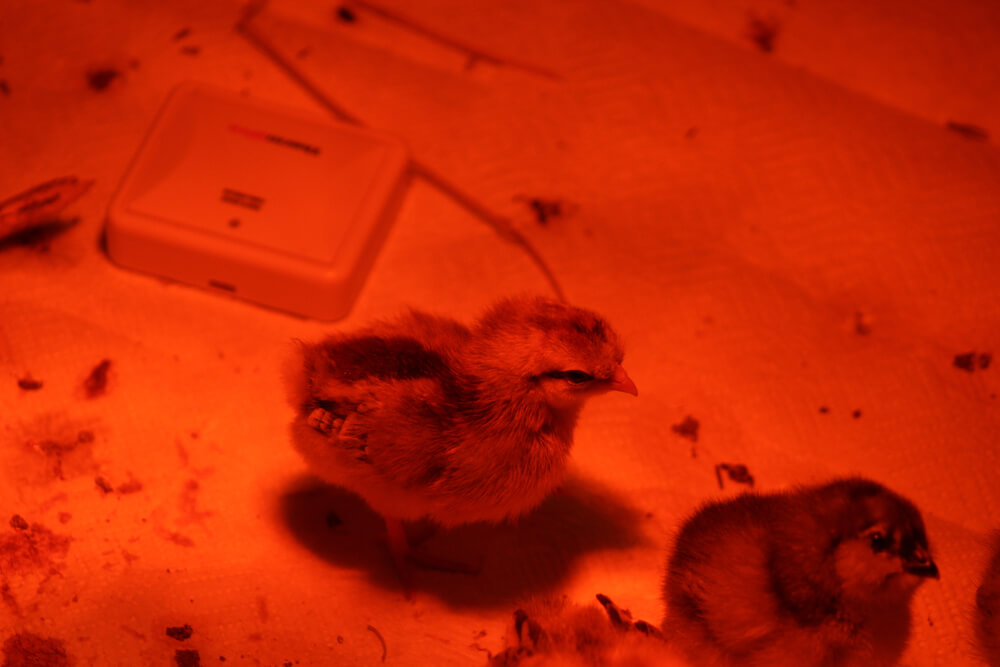
What age do chickens no longer need a heat lamp?
Reduce the heat in the brooder by 5 degrees every week until the young poultry has experienced the lowest outside ambient temperature in your region, during your season.
For winter, please do not place young birds off heat outdoors as they have not grown the plumage required to survive the cold.
Always provide a warm side and a cold side so they may regulate their temperature themselves.
Below you will find the temperature they should tolerate based on their age in weeks. However, you should be careful not to shock them with too low of a temperature if they have not experienced it yet. Ask the seller/previous owner what temperature they had them at.
0 -1 week old: 90 – 95 degrees Fahrenheit (32.22 – 35 degrees Celsius)
1 – 2 weeks old: 85 – 90 degrees Fahrenheit (29.44 – 32.22 degrees Celsius)
2 – 3 weeks old: 80 – 85 degrees Fahrenheit (26.67 – 29.44 degrees Celsius)
3 – 4 weeks old: 75 – 80 degrees Fahrenheit (23.89 – 26.67 degrees Celsius)
4 – 5 weeks old: 70 – 75 degrees Fahrenheit (21.11 – 23.89 degrees Celsius)
5 – 6 weeks old: 65 – 70 degrees Fahrenheit (18.33 – 21.11 degrees Celsius)
6 – 7 weeks old: 60 – 65 degrees Fahrenheit (15.56 – 18.33 degrees Celsius)
7 – 8 weeks old: 55 – 60 degrees Fahrenheit (12.78 – 15.56 degrees Celsius)
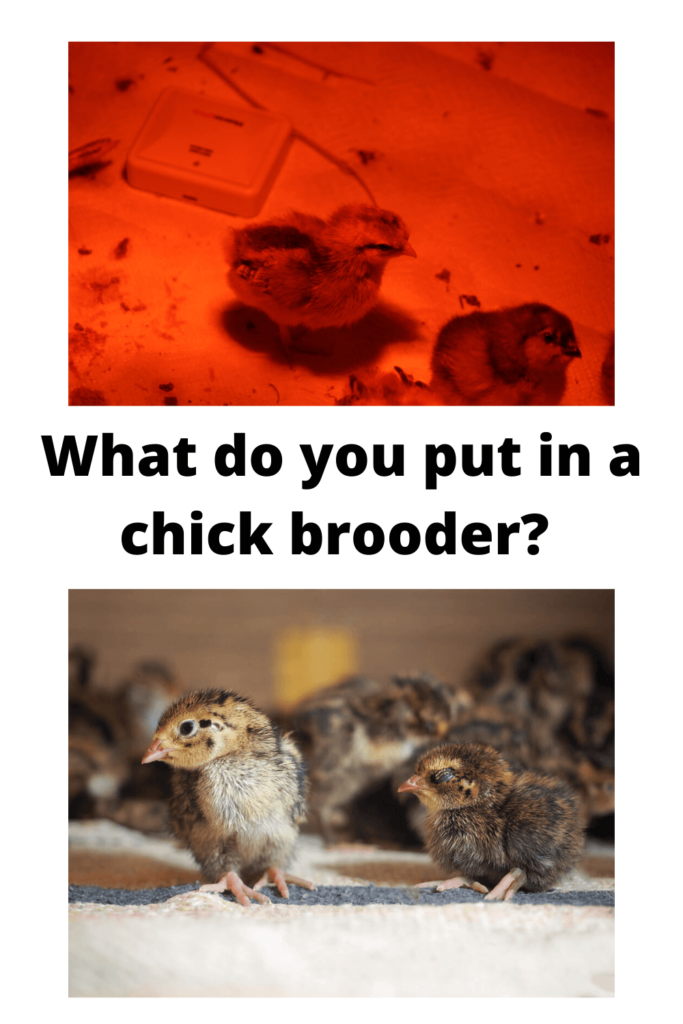
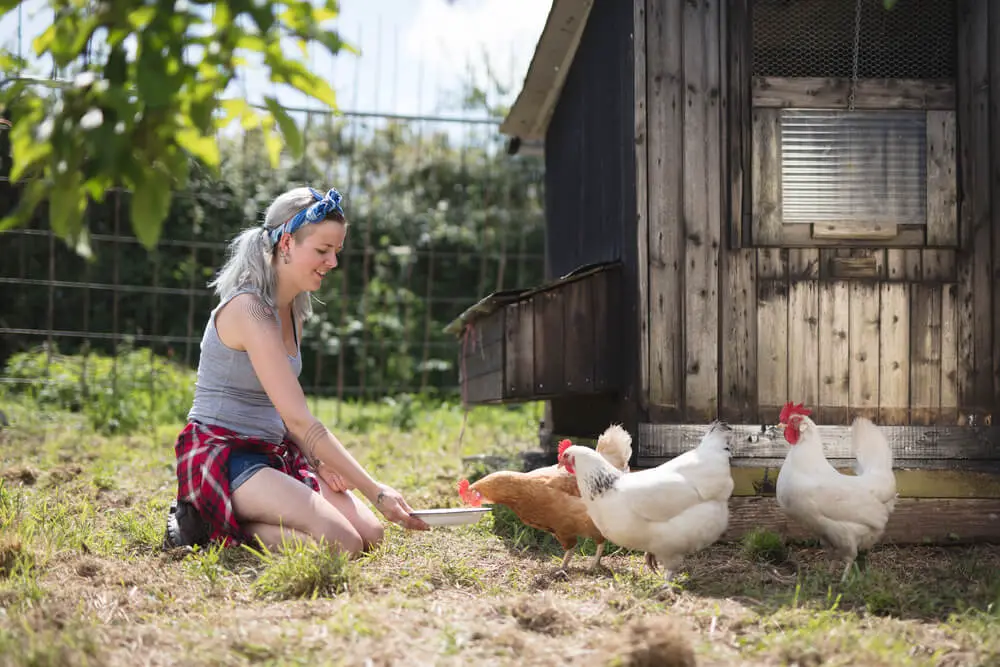
Shannon Stansberry has been engaged in the business of raising chickens for more than 12 years. In 2016, she accomplished the Agriculture & Natural Resources program at Mt. San Antonio College. At present, she tends to more than 80 chickens on her 4-hectare farm. Shannon regularly shares her insights and experience on how to raise healthy and contented chickens on the platform Typesofchickens.com
